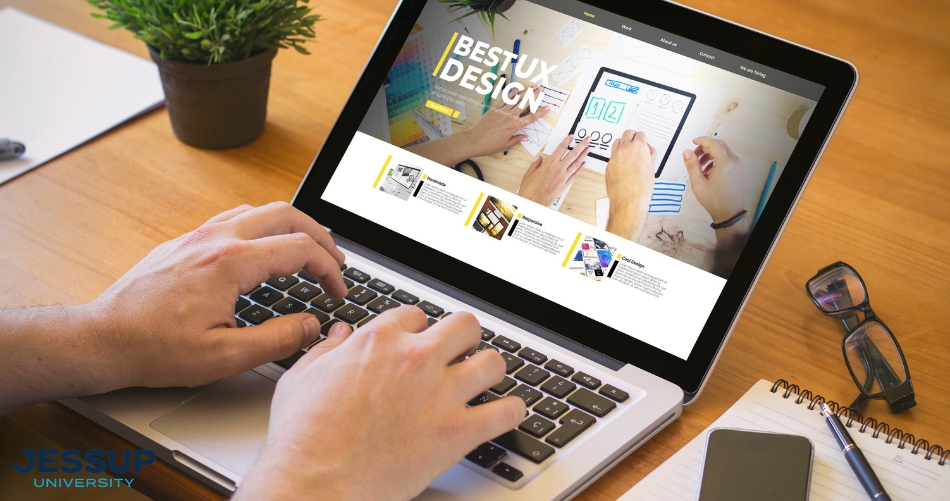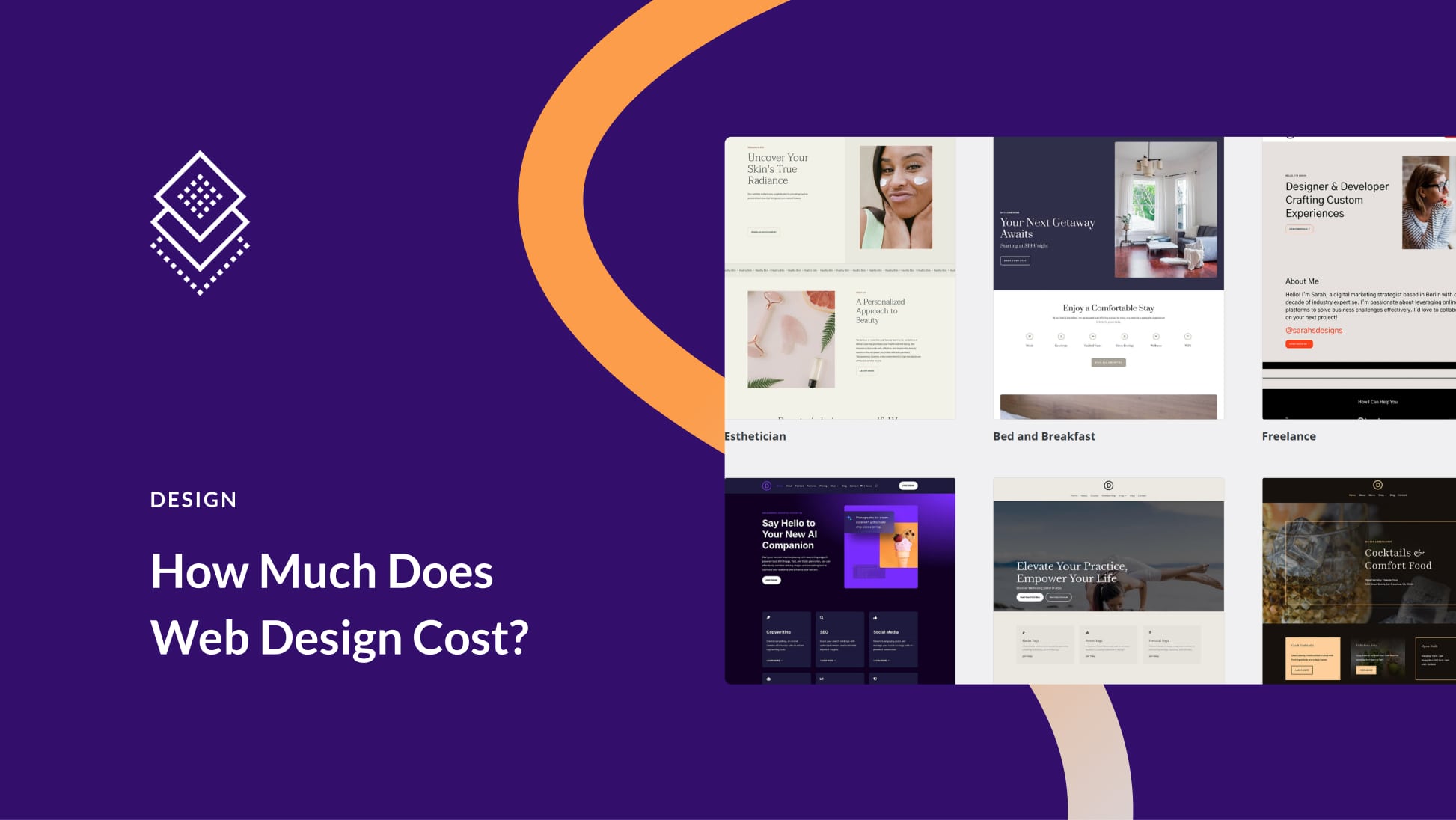Aligned Position Web Design: Delivering High-Quality, User-Friendly Web Designs for Every Industry
Aligned Position Web Design: Delivering High-Quality, User-Friendly Web Designs for Every Industry
Blog Article
The Very Best Sorts Of Website Design to Improve Customer Experience and Interaction
In the ever-evolving landscape of digital communication, the effectiveness of Web design dramatically affects user experience and involvement. Various layout techniques, such as minimalist, receptive, and interactive formats, each offer one-of-a-kind advantages that can deal with diverse customer demands. Comprehending which kinds of website design ideal offer these objectives can be essential for companies intending to boost client contentment and retention. However, the concern continues to be: which design aspects genuinely reverberate with users and foster significant involvement? The expedition of these principles exposes important insights that may redefine your approach to Web layout.
Minimalist Web Layout
As electronic landscapes become increasingly cluttered, minimal Web layout has actually arised as an effective strategy to boosting customer experience. This style approach focuses on simplicity, focusing on vital aspects while removing unneeded diversions. By using adequate white area, uncomplicated navigation, and a limited shade scheme, minimalist design fosters quality and guides individual attention to vital web content.
The core principle of minimalist Web style is to create a smooth communication for users. By reducing cognitive lots, individuals can swiftly realize info without feeling bewildered. This direct method not just boosts usability but additionally encourages engagement, as visitors are a lot more likely to explore a site that is visually appealing and very easy to browse.
Additionally, minimalist style often highlights typography and images, making use of these elements tactically to communicate messages properly. In essence, minimalist Web style is not simply a trend; it is a thoughtful approach that acknowledges the relevance of user-centered design.
Responsive Website Design
In today's varied electronic environment, responsive Web style has actually become necessary for creating a seamless user experience across a multitude of gadgets. As individuals gain access to sites on mobile phones, desktop computers, tablet computers, and laptop computers, the ability of a site to adapt its design and material to different screen sizes and resolutions is important.
Responsive website design employs flexible grids, images, and CSS media questions to ensure that Web material is provided efficiently, regardless of the device used. This approach not just boosts the aesthetic allure of a web site but likewise substantially enhances usability. Users are more probable to engage with a website that uses a constant experience, as it eliminates the aggravation of needing to focus or scroll excessively.
By taking on responsive style, businesses can enhance their visibility and reach a more comprehensive audience. In recap, receptive Web style is a basic method that boosts user experience, interaction, and total complete satisfaction.
Interactive Website Design
Responsive Web style prepares for boosting user experience, however interactive Web design takes this a step additionally by involving users in a much more vibrant means - Aligned Position Web Design. By including aspects such as computer animations, clickable prototypes, and real-time feedback, interactive website design astounds users, drawing them into a richer browsing experience
This strategy not just fosters engagement however likewise urges customers to explore content actively instead than passively eating it. Strategies such as gamification, where users make incentives for finishing jobs, you can look here can considerably improve the time invested in a website and boost overall fulfillment. Additionally, interactive features can simplify intricate info, making it more satisfying and absorbable.

Integrating interactive design aspects can additionally result in greater conversion prices, as users are extra likely to engage with a website that actively includes them. Aligned Position Web Design. Inevitably, interactive website design changes user experiences into unforgettable trips, guaranteeing that site visitors return time and once more
Apartment Design
Characterized by its minimalistic method, level layout stresses simpleness and functionality, stripping away unnecessary elements and concentrating on vital attributes. This layout ideology focuses on functionality, ensuring that users can browse interfaces with convenience and performance. By utilizing a tidy aesthetic, level layout eliminates the mess usually located in extra luxuriant designs, consequently improving user focus on material and functionality.
The hallmark of level style visit this page hinges on its use of vibrant shades, basic typography, and geometric shapes. These components add to an aesthetically appealing user interface that is both friendly and contemporary. Additionally, level style fosters a feeling of clearness, allowing individuals to recognize crucial activities and information without diversion.
Moreover, level design is particularly efficient in responsive Web style, as its simplicity converts well across different tools and display dimensions. The absence of intricate structures and slopes lessens packing times, which is essential for keeping user involvement. As electronic landscapes remain to evolve, flat layout remains a relevant choice for developing straightforward sites that enhance total experience. By concentrating on crucial functions, level design not just meets individual demands however additionally encourages smooth interaction, making it a crucial part of effective Web layout techniques.
Flexible Web Design
Adaptive Web style personalizes the customer experience by developing numerous fixed layouts tailored to different screen dimensions and gadgets. Unlike receptive layout, which fluidly adjusts a single design, adaptive layout utilizes distinct layouts for certain breakpoints, guaranteeing ideal discussion on numerous platforms. This strategy allows developers to concentrate on the special qualities of each device, enhancing functionality by delivering exactly what individuals require based upon their context.
One of the key benefits of adaptive website design is its capacity to maximize tons times and efficiency. By offering customized material and photos that fit the customer's tool, internet sites can decrease data use and boost loading rates. This is specifically useful for customers with slower links or limited data plans.
.png)
In addition, flexible layout assists in a much more controlled and regular branding experience. Since developers develop multiple designs, they can ensure that the visual elements straighten with the brand's identity throughout different systems - Aligned see here now Position Web Design. This causes a cohesive individual experience, boosting interaction and advertising customer retention
Conclusion
In verdict, the integration of minimalist, responsive, and interactive Web layout concepts considerably boosts user experience and interaction. Minimal layout fosters clarity and focus, while receptive layout guarantees versatility throughout numerous tools, advertising accessibility. Interactive style mesmerizes individuals via vibrant components, urging expedition and customization. Collectively, these design approaches contribute to the creation of easy to use atmospheres that not just enhance satisfaction but also drive greater conversion rates, underscoring their crucial significance in contemporary Web design techniques.

Minimal layout fosters clarity and focus, while responsive style makes sure adaptability across different gadgets, advertising accessibility. Collectively, these style comes close to add to the production of user-friendly environments that not only enhance satisfaction but also drive higher conversion prices, underscoring their important relevance in modern Web layout strategies.
Report this page